Breakthrough of air defense by exceeding its ability to intercept targets: solutions
To counter the air defense missile system, specialized aviation munitions such as radar-guided missiles, radar stations were developed, electronic warfare systems (EW) were improved, and finally, combat aircraft and aircraft munitions were created using stealth technology that allowed reduce the range of their detection.
One of the most effective ways to counter air defense missile systems is to exceed its capabilities to intercept air targets. The limitation can be the maximum number of targets simultaneously detected and tracked by the radar, the limitation of the number of guidance channels for anti-aircraft guided missiles (SAM), or the limitation of the number of SAM itself in ammunition.
Enhancing the stability of air defense is carried out by creating a layered defense, including complexes of large, medium and short / short range. In view of the fact that the boundaries of short-range / short-range complexes are currently blurred, in the following we will say short-range.
In Russia at the present time is S400 SAM "Triumph" / C-300V4 long-range air defense missile system S350 "Knight" / BUK-M3 medium-range and ZRPK / SAM Carapace-S1 / S2 / Thor-M1 / M2 short range .
Tasks of different range
The priority task of long-range air defense systems is the destruction of strategic aviation aircraft, tanker aircraft, long-range radar detection aircraft (DRLO), reconnaissance and targeting aircraft of the E-8 Joint STARS type, EW aircraft at the maximum distance from the protected object. Also the priority objectives of long-range air defense systems are operational tactical missiles (OTRK) and cruise missiles (KR).
For medium-range air defense systems, the priority is to destroy tactical aircraft, if possible before launching air-to-ground weapons (air), as well as fired aviation weapons, which represent the greatest threat to the defended object.
Finally, the short-range air defense system’s priority task is to protect the object being defended and its “senior brethren” against destruction by broken aviation weapons.
All this distribution of roles does not imply that the long-range air defense system cannot knock down a planning bomb, and the short-range air defense system should not work on airplanes. The meaning of the division of areas of responsibility is that the enemy does not exhaust the limited ammunition of the long-range air defense system with false targets or the massive use of inexpensive, high-precision ammunition.
Aviation in air defense
Another means of countering the enemy’s aviation are EW weapons, but they will have to be bracketed for now, since the effectiveness of this weapon against the enemy's EI is not known. Considering that enemy aircraft also use EW facilities to counter the air defense of the attacked object, we will assume that their action has approximately equal effectiveness for both sides.
The main advantage of aviation is the highest mobility, allowing flexible concentration of existing forces to attack an object. Air defense complexes do not have such flexibility. An aircraft that has exhausted its ammunition may return to a remote base, and the air defense system, at best, can be moved to another position, since its mobility is limited by the speed of vehicles and the need to cover a certain object.
The main problem of air defense is that, using low visibility, EW facilities, low flight profile and terrain features, the enemy can reach the line of launching / dropping precision-guided munitions in an amount that with a high probability will overwhelm the capabilities of even echeloned air defense.
The United States and other NATO countries are constantly increasing their range of assets to break through enemy air defenses. Considering that only Russia and China have powerful echeloned anti-aircraft defense from potential adversaries, it is not difficult to guess against whom all these preparations are being made.
UAV and false targets for a breakthrough
One of the promising areas of air defense breakthroughs is the joint use of manned aircraft and unmanned aerial vehicles (UAVs). This significantly reduces the risks for pilots, leaving them the role of coordinators of hostilities. In turn, UAVs may have smaller sizes and smaller visibility than a manned aircraft, and, consequently, greater survivability in confrontation with enemy air defense.
In the framework of the program Gremlinssold by DARPA, a transport plane or a strategic bomber will be able to produce dozens of small-sized reusable UAVs to break through enemy air defenses. In turn, the Gremlin UAVs can be equipped with even smaller-sized guided munitions, for example, JAGM missiles with a multimode homing head (GOS) and a range of 16-28 km.
To increase the likelihood of an air defense breakthrough and reduce the enemy’s own losses, false targets will be used, for example, such as the MALD rocket, capable of simulating 140 radar signatures of US and NATO types of aircraft, as well as jamming the enemy’s radar detection and targeting. The carriers of the MALD rocket are almost all attack aircraft of the USAF.
Presentation of the air defense breakthrough using MALD missiles
The problem of insufficient ammunition
Although the capabilities of long-range and medium-range radars can detect hundreds of targets, they can simultaneously fire at the same time the order of 10-20 targets (for one complex). It is possible to increase the intensity of target firing by using missiles with an active radar homing head (ARGSN), however, the development of missiles of this type in Russia has been delayed, and only recently has reached the finish line. Also, the cost of missiles with ARGSN is higher than that of semi-active-guided missiles, and potentially less resistance to EW facilities.
The number of missiles on launchers (PU) is also limited. At the same time, after the exhaustion of the ammunition, the air defense system becomes useless for a long time, and will restore its combat readiness in the time of the order of 1 hours, provided that spare ammunition is available (there are transport loading machines).
Recharging C-400 "Triumph"
The developers are trying to solve the problem of increasing the ammunition, for example, the new Vityaz C-350 medium-range air defense missile system has an ammunition capacity increased several times in comparison with the C-300PM and BUK-M2 / M3 complexes, which it should replace. Another way to increase the ammunition of long and medium range complexes is to place several missiles (up to four) of smaller range in the transport and launch container (TPC). However, this proportionally reduces the number of long-range and medium-range missiles, turning the air defense system into an essentially short-range complex.
Thus, despite the fact that the main striking force of the air defense system is a large and medium-range air defense system, limiting their capabilities in terms of ammunition and the number of guidance channels, shows the importance of short-range air defense systems as a means to counteract attacking enemy ammunition.
The capabilities of domestic short-range air defense systems
What are the capabilities of Russian short-range air defense systems? At present, there are two modern short-range air defense complexes in Russia, these are the Tor-М1 / М2 air defense systems and the Artillery-С1 / С2 air defense systems.
The ammunition of the Tor-М1 / М2 SAMs are, respectively, 8 / 16 missiles and about the prospects for its increase has not yet been heard.
Ammunition ZRPK Pantsir-С1 / С2 is 12 SAM and 1400 shells caliber 30 mm for two twin anti-aircraft guns 2А38М. As shown by the test results and real use of Zrpk Pantsir-S in hostilities, the effectiveness of anti-aircraft guns can be questioned, at least until the appearance of guided 30 mm ammunition, or at least shells with a remote detonation on the trajectory.
Thus, the ammunition of the two ZRPK Pantsir-С1 / С2 is less than the ammunition of one F-15E fighter armed with UAB SDB II, and the ammunition of one Tor-M2 SAM is comparable to the ammunition of the Eurofighter Typhoon fighter armed with MBDA SPEAR missiles. If we consider that the destruction of dangerous or complex targets may require two missiles at the same time, the situation worsens even more.
The disadvantages of the Tor-М1 / М2 air defense system and the Artillery СХNUMX / С1 air defense missile system can also be attributed to the fact that their missiles require control throughout the entire flight, and the number of simultaneously fireable airborne targets is limited to three for the air defense system Artillery-C2 and four for the air defense system Tor-МXNUM . At the same time, simultaneously fired targets must be in the field of view of the guidance radar, i.e. impossible simultaneous work on targets attacking from different directions.
Problem Solving Options
How can I increase the performance of air defense? Entering additional launchers with a large number of short-range missiles into the long-range and medium-range air defense missile systems does not make sense, since the air defense system’s performance will still be limited by the number of channels simultaneously targeting missiles to the target. The dependence on the number of channels of guidance can be reduced by rockets with ARGSN and thermal ghosts that do not require control throughout the flight, but their cost in many cases will significantly exceed the cost of the targets hit.
The problem of exhausting the ammunition of the air defense missile system can be solved by promising short-range air defense systems based on powerful lasersWith conditionally infinite ammunition. However, their ability to repel a massive attack is limited by the need to hold the beam on the target, for 5-15 seconds, necessary for its defeat. In addition, apart from the mysterious “Peresvet” complex, in Russia there is no information about the development of anti-aircraft laser systems, therefore, it is impossible to predict their effectiveness as part of Russian air defense.
Thus, we return to short-range air defense missile systems, the cost of which their missiles should be significantly less than the cost of missiles for long-range and medium-range air defense systems.
The problem of air defense breakthroughs by exceeding its ability to intercept targets is known to the Russian armed forces and defense enterprises, and work is underway to solve it.
In particular, the development of the upgraded Pantsir-SM ZRK / ZRPK is currently nearing completion. The double designation of the air defense missile system / ZRPK is indicated because two versions of the complex, with missile-gun armament - anti-aircraft missile system, and only with rocket weapons - air defense system are supposed to be implemented.
Given the low effectiveness of anti-aircraft guns, a purely rocket version of the Pantsir-SM SAM system is of greater interest.
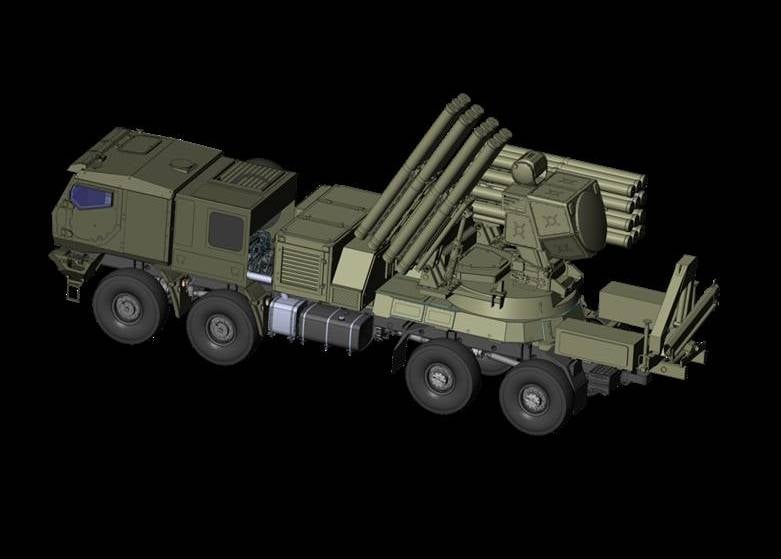
Due to the refusal of cannon armament, the ammunition missile system in the Pantsir-SM SAM system can be increased to 24 units. Presumably, the Pantsir-SM SAM / ZRPK will receive a radar with an active phased array antenna (AFAR), but it is not yet clear whether AFAR will be used only in the preliminary detection radar, or in the guidance and tracking radar. In the second case, the capabilities of the complex for simultaneous shelling of several targets should increase substantially. In this and in another case, while maintaining the current configuration of the complex, the problem of a limited view of the guidance and tracking radar remains. The target detection range should increase from 36 to 75 km.
The defeat range should increase from 20 km at Pantsir-S to 40 km at Pantsir-SM, the maximum speed of the missile defense will be 1700-2300 m / s, h (5-7М). Also Pantsir-SM will be able to hit targets moving along a ballistic trajectory.
Another way to increase the ammunition of the air defense missile system, as mentioned earlier, is to place several short-range missiles in one container. Considering that the Pantsir-С1 / С2 / СМ air defense system is a short-range complex, but in the last modification it will be closer in characteristics to medium-range complexes, the appearance of such missiles on it is more than justified.
For the Pantsir-SM complex (and possibly for the Pantsir-С1 / С2 complexes) a small-sized high-maneuverable missiles are being developed, which received the unofficial name “Nail”. This rocket is designed to destroy UAVs, mortar mines, guided and unguided ammunition. Compact dimensions allow you to place this missile in the amount of four units in one TPK. Thus, when armed with the Gvozdi missiles alone, the Pantsir-SM air defense missile system can be up to 96 missiles.
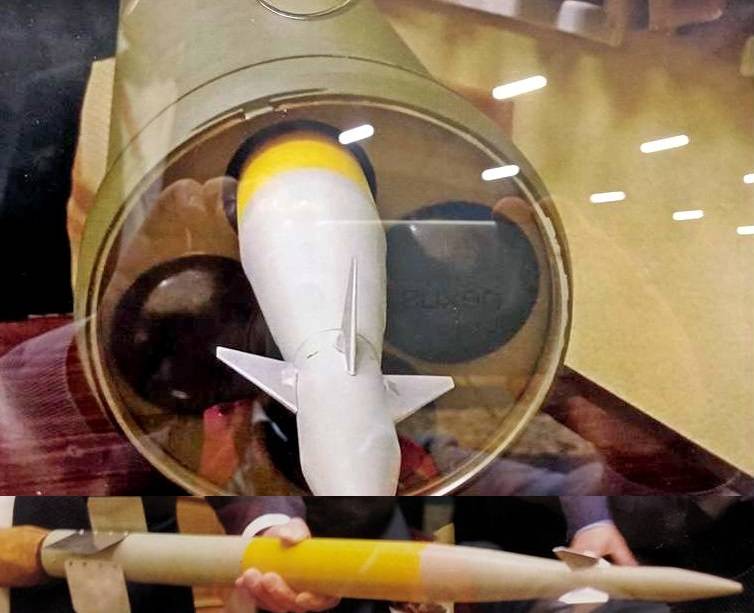
The rockets of the existing Pantsir-С1 / С2 complex are made according to a bicalyber scheme, the upper stage engine is located in a detachable first stage. After the completion of dispersal and separation of the first stage, the second - combat stage flies by inertia. On the one hand, it reduces the speed and maneuverability characteristics of the rocket with increasing altitude and range, on the other hand, it is possible that the enemy will have problems with detecting the second stage of the anti-aircraft missile system of the Armor-S1 / C2 rocket attack warning systems that operate on the principle of infrared detection (IR) and ultraviolet (UV) radiation from a rocket engine. It is quite possible that the AN / AAQ-37 system of the inconspicuous F-35 fighter will not be able to track the second stage of the Panzir-С1 / С2 missiles after the separation of the first stage.
It is unclear whether the scheme of the Pantsir-SM missiles will change, it is possible that in order to get an increased range of fire up to 40 km, the second stage will also be equipped with an engine. If not, then the advantage of a surprise attack can be retained for Pantsir-SM. At least, based on the appearance of the small-sized Zur "Nail", it can be assumed that there is no engine in the second stage.
The estimated appearance of the air defense missile system / air defense missile system Pantsir-SM probably speaks about one more feature of this complex. On the images there is a rocket-gun version with a surveillance radar and a missile version with increased ammunition without a surveillance radar.
The cost of the survey radar, especially if it is made on the basis of AFAR, should be a significant amount, which is a significant part of the cost of the air defense missile system. Accordingly, developers can implement several variants of the complex - with and without a surveillance radar, and most likely this is possible, both for the air defense system and for the ZRPK. In this case, short-range complexes should operate in a group like long- and medium-range air defense systems.
For example, in a group of four Pantsir-SM cars, only one is equipped with a surveillance radar. The capabilities of the radar with AFAR will allow you to track far more goals than can be processed by one of the air defense systems, especially given the remaining restrictions on the sector of the radar guidance guidance. In this case, the air defense system with a surveillance radar gives target designation to other vehicles that provide tracking and hitting targets. In addition, the Pantsir-SM SAM / ZRPK without surveillance radars themselves are able to search for targets with their own optical-location station (OLS).
A group of four cars will be able to repel an attack of air attacks simultaneously from all directions, or concentrate fire on the most threatened site. Four Pantsir-SM SAMs with missile weapons alone can carry a total of 48 missiles with a 40 km firing range and 192 Gvo missiles with an estimated 10-15 km missile. The combination of 240 ground-to-air missiles and a large number of targeting channels will allow the four Pantsir-SM air defense systems to repel the enemy’s massive fire attack, for example, a link from four F-15E fighter-bombers with UAB GBU-28B 53 on each or eight salvo of eight jet systems M270 MLRS.
Based on the foregoing, it can be concluded that the adoption of the Vityaz C-350 medium-range air defense missile system with the 9М96 and 9М100 SAM systems, as well as the completion of the Panzir-SM SAM / Air defense missile system (especially in the purely missile version) with the 40 km missile and small tables. Zur "Nail", will give a fundamentally new capabilities of the Russian air defense to repel massive enemy air strikes.
It remains a "dark horse" projected long-range air defense system C-500 "Prometheus", and one can only guess what opportunities it will provide the Russian air defense.
This material does not mention the interaction of the air defense missile system and combat aviation in the framework of solving the tasks of air defense, but we'll talk about this in the next article.
- Andrey Mitrofanov
- in24.org, ria.ru, vpk-news.ru, militaryrussia.ru, topwar.ru, VPK.name, bastion-karpenko.ru
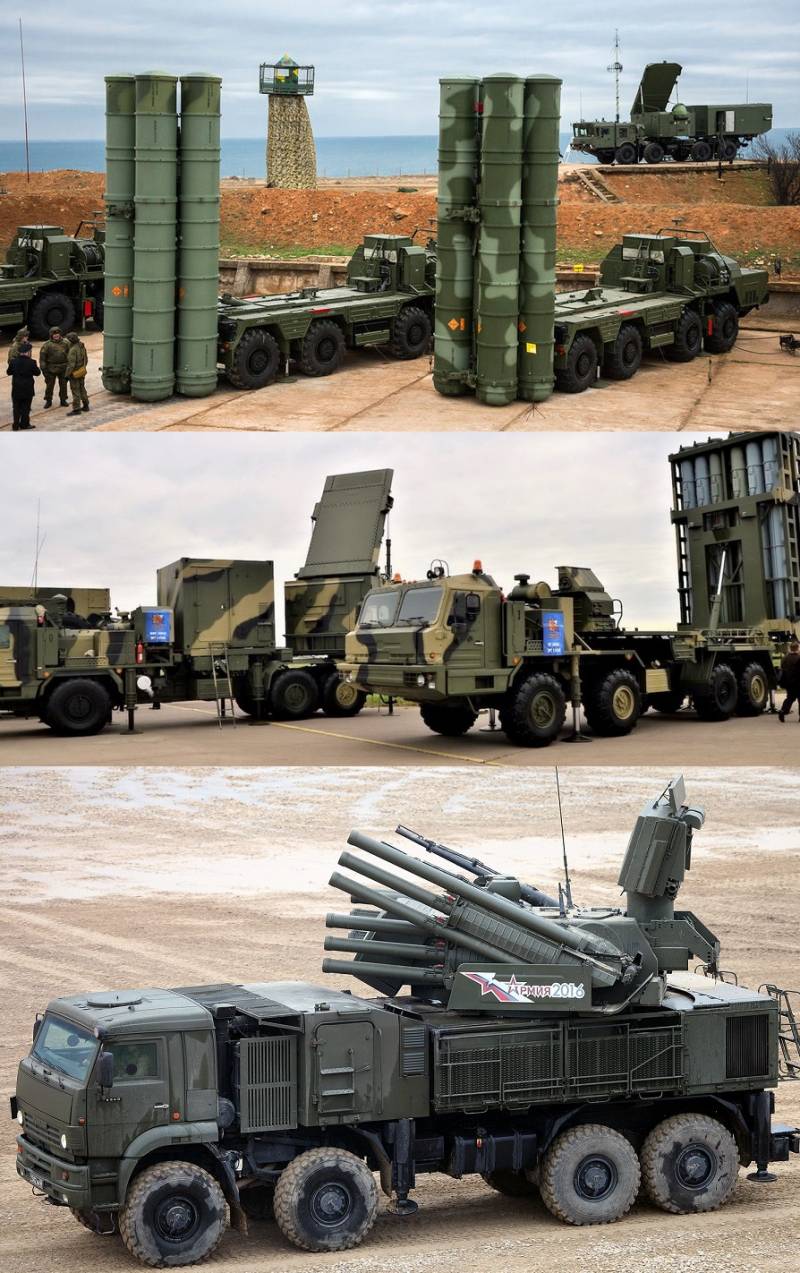
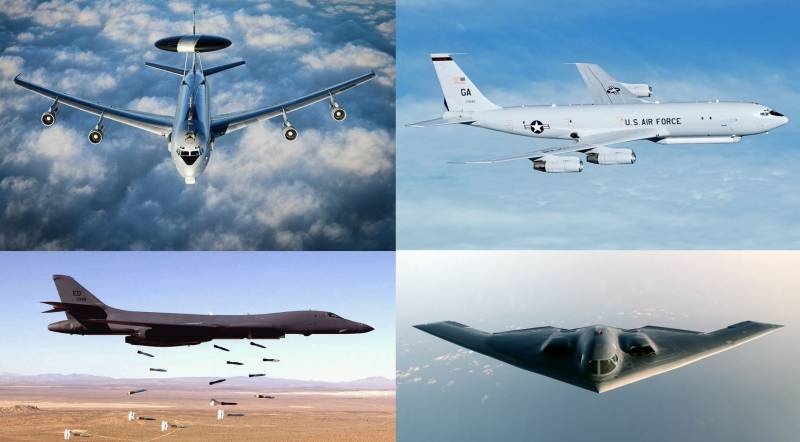
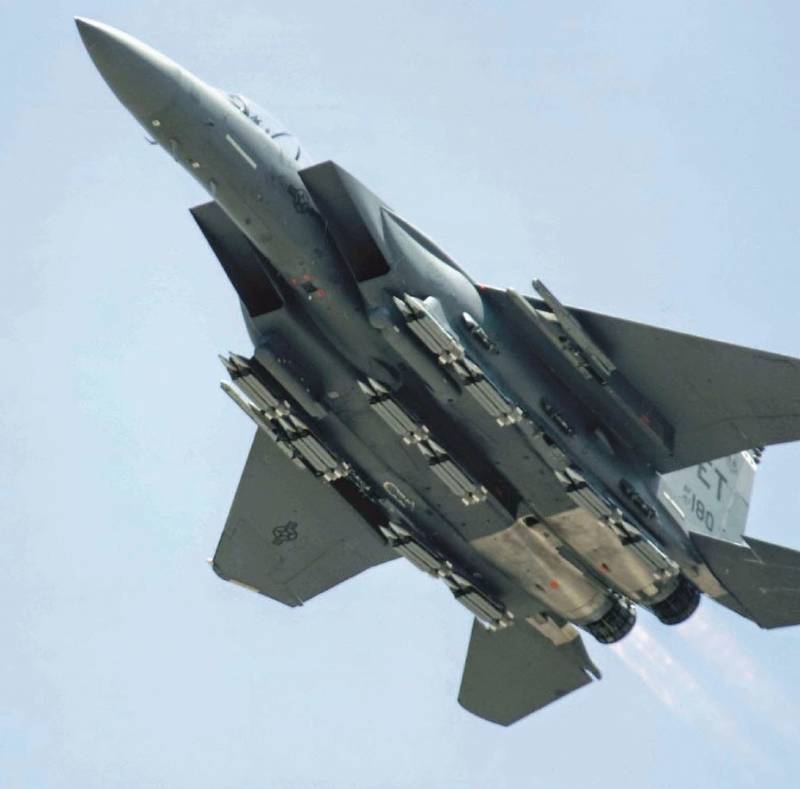
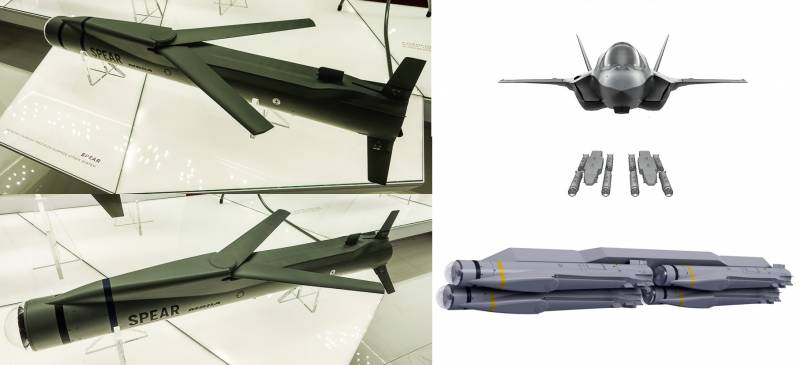
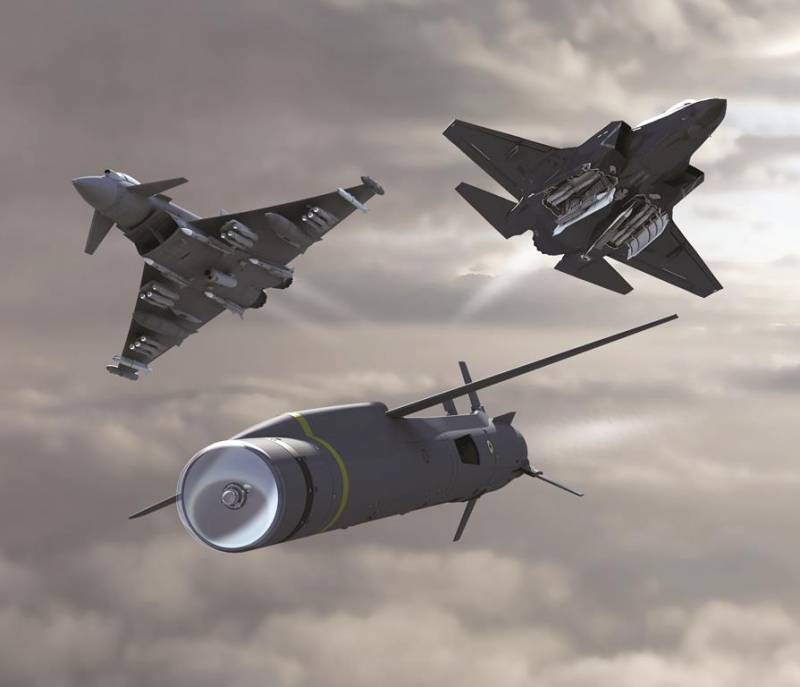

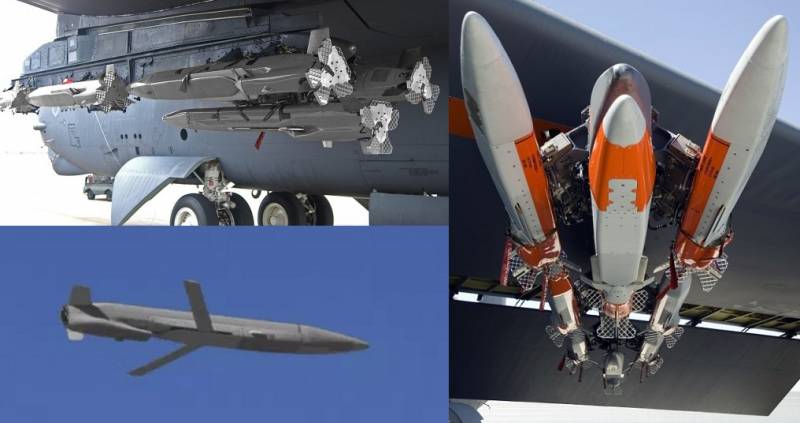
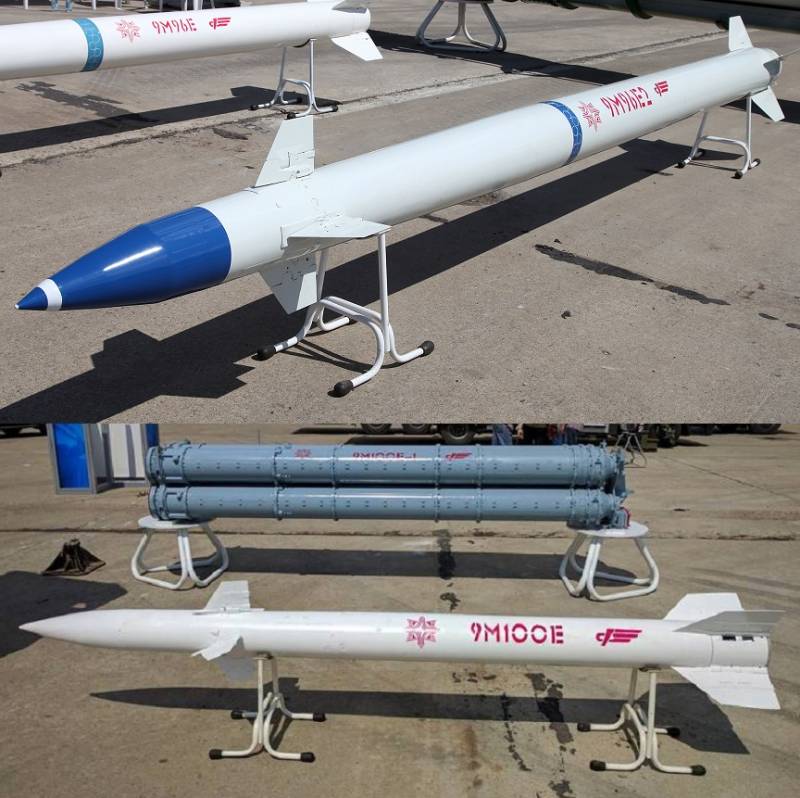
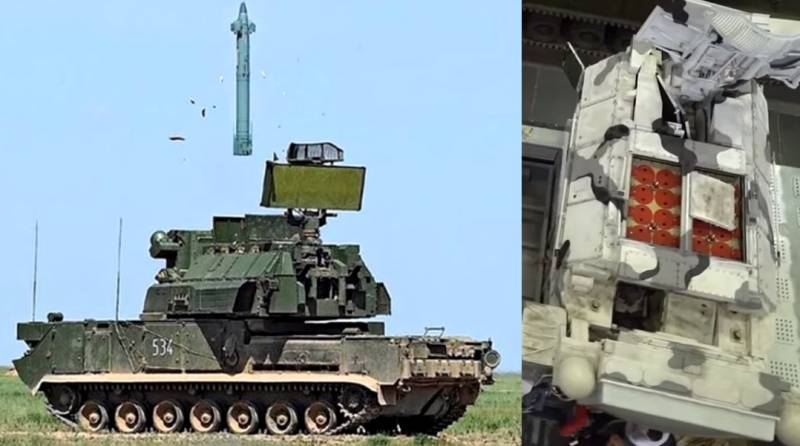

Information